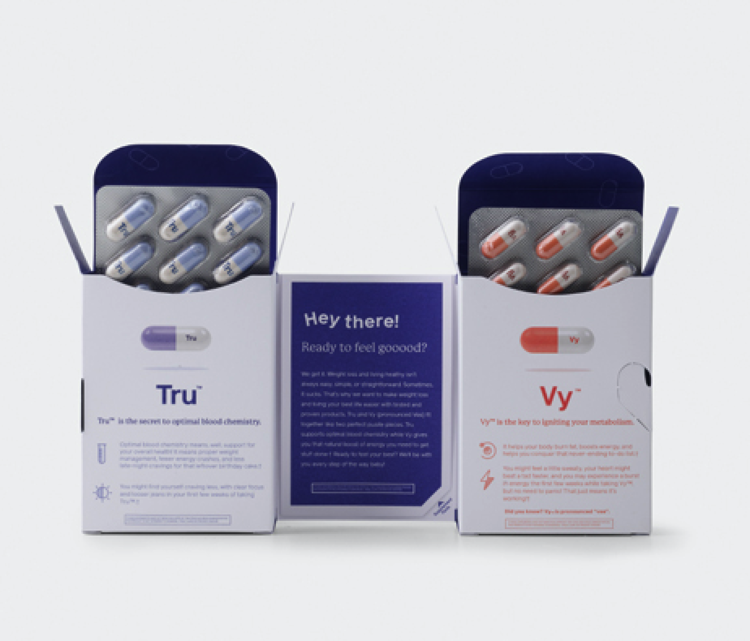The first thing you should do is to research the law on medical tourniquets. There are many different laws that govern them, from the types of claims that can be filed, to what you can do to protect yourself, to what you can do to avoid getting sued. You should be able to find some answers to all of your questions.
Claims
Recon Medical claims to be a manufacturer of tourniquets. These are important pieces of equipment in emergency medical care, especially for EDC adventurists. They are designed to be easily applied by one hand and to work efficiently. Typically, a tourniquet should be small enough to fit in a first aid kit. It should also be able to be quickly and easily removed from a kit.
CRI developed a number of patented inventions. The patents cover tourniquets with windlasses, as well as tourniquets with an inner and outer strap. As part of its litigation, CRI alleges that Recon is selling counterfeit tourniquets under the RECON brand name.
Recon’s CEO admitted that Recon has no quality control over its Chinese Manufacturer. The Chinese Manufacturer has made knockoff tourniquets.
Materials
The RECON medical tourniquet and the CAT tourniquet are not only similar, but they also share some unique characteristics. Both the Recon and the CAT tourniquets feature a metal windlass or rod. They also have thumbholes on the circumferential band.
Although both products are designed with similar functionality, it is not clear which is the better product. Many manufacturers choose to copy other successful tourniquets to avoid patent infringement.
While the RECON medical tourniquet is a fine example of a product that does almost everything right, there is one thing that it lacks. It is not appropriate as an IFAK tourniquet.
CRI has not asked to see the materials used in the manufacturing process of the Recon Medical Tourniquet. That means that the court will have to rely on the bare bones of the RECON’s products to make a factual determination of infringement.
Self-applying
The RapidStop Tourniquet is a unique medical device that provides fast, effective hemorrhage control. It uses key technologies to deliver a full occlusion in less than eleven seconds.
It is used by law enforcement and civilian emergency medical professionals to prevent or stop bleeding from extremities. The tourniquet is made from non-elastic materials and attaches above the wound.
The tourniquet is one-handed and has a buckle to tighten. When it is tightened, the free end of the tourniquet folds back on itself.
The tourniquet features an indicator module that indicates elapsed inflation time. A microprocessor monitors cuff pressure and activates an alarm in case of unusually high pressures.
Another feature of the tourniquet is a thumb hole through the leading edge. This is supposed to make it easier to pull the tourniquet tighter.
Patent infringement
Recon Medical is the company that is alleged to be selling counterfeit tourniquets under the RECON brand. The suit alleges Recon uses CRI trademarks and that the company is unfairly competing against CRI in the medical device market.
In this case, the court will consider a number of arguments. Some are legal in nature and others are procedural. But the key issue is whether the tourniquets in question infringe the patents.
For example, claim 7 of the ‘067 Patent requires that a tourniquet have a gap in it when it is applied. Claim 12 of the ‘253 Patent provides that a tourniquet device can be indirectly infringed by the Defendant if the Defendant induces or contributes to the user of the tourniquet device engaging in the method of restricting the flow of blood to a body part.
Summary judgment principle
The summary judgment principle is a great way to avoid unnecessary trials. However, there are certain types of disputes that are best resolved by an expert. This article addresses the special requirements for such cases in the Commercial Division of the New York Supreme Court.
Generally speaking, an expert is needed to determine whether a party’s product infringes on a patent. In this case, CRI’s counsel argued that the court is equipped to evaluate claims in the patents-in-suit against the Recon tourniquets.
In this case, the court considered CRI’s infringement claims and the claims of the two patents-in-suit. It found the Combat Application Tourniquet Mark (CAT) to be a descriptive mark.
However, CRI’s claim chart was not sufficiently informative to allow for a summary judgment. Rather, CRI’s claims of actual confusion and indirect infringement of the ‘253 and ‘067 patents were better suited to an expert.



